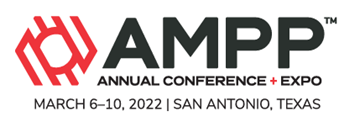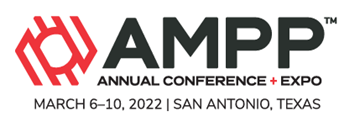Search
New Experiences With Explosion Clad Alloys UNS N06058 And UNS N06059
Also Purchased
51315-5680-Effect of Heat Treatment on Nickel Alloy Clad Plates
Product Number:
51315-5680-SG
ISBN:
5680 2015 CP
Publication Date:
2015
$20.00
New Long Service Life Topcoats For Pad-Mounted Transformer Enclosures.
Product Number:
51322-18088-SG
Publication Date:
2022
$20.00
Multitask Learning Framework For Screening Of Corrosion Inhibitors For Mild Steel
Product Number:
51322-17757-SG
Publication Date:
2022
$20.00




